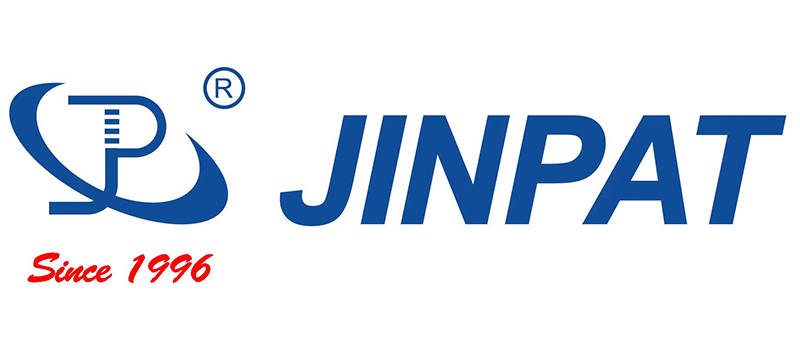Space electric slip rings are slip rings used in artificial spacecraft such as satellites, manned spacecraft, and space stations. They can be classified into two types based on environmental conditions: those used in unmanned spacecraft and those used in manned spacecraft. Besides the similarity of operating in a micro gravity environment,their main difference lies in the different operating temperature ranges.Electric slip rings inside manned spacecraft operate in a temperature environment that is constant, suitable for human survival, and maintained at as table level of humidity and pressure. On the other hand, electric slip rings in unmanned spacecraft, although installed inside equipment like attitude control systems and protected by a layer of polyimide, still experience significant temperature variations.
In the conducted testing of electric slip rings in the laboratory, two types were involved: pancake type and column type.The column type electric slip rings employ a brush and wire friction pair,while the pancake type electric slip rings use a carbon brush friction pair.Both of these products used in the experiment lack an outer shell, allowing astronauts to visually observe the wear process of the slip ring brushes in a vacuum micro gravity state, as well as the generation of metal debris.Additionally, the operation of carbon brushes produces carbon powder, enabling direct observation of the process of carbon powder generation in orbit,including the formation of clusters or floating phenomena in a vacuum.
According to the naming convention of JINPAT,the electric slip rings used in this experiment can be classified into two series: pancake-type LPKS and separate-type LPS. Both of these slip rings have a simple structure, and their design and manufacturing do not present significant challenges. The key breakthrough of this experiment lies in achieving long-term recording and observation by astronauts of the generation of metal debris and carbon powder clusters during the operation of electric slip rings in a micro gravity environment. This data, obtained using two commonly used friction pairs, provides important information on the wear process and the generation of debris clusters under vacuum conditions. This data serves as valuable references for the improvement and optimization of future models of space electric slip rings.
The aerospace industry is characterized by a high level of centralization. Although JINPAT is a leading international slip ring manufacturer, they have not yet ventured into this field due to a lack of vacuum high-low temperature impact test equipment. However, with the participation of some enterprises in the aerospace industry, JINPAT, as a supporting manufacturer of electric slip rings, will have increasing opportunities to get involved in this field.

